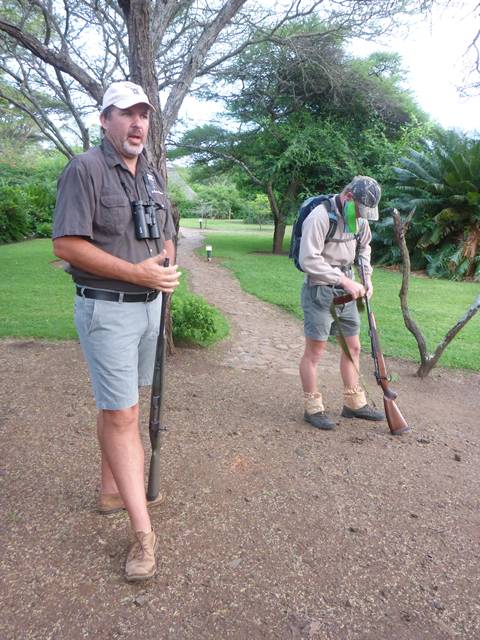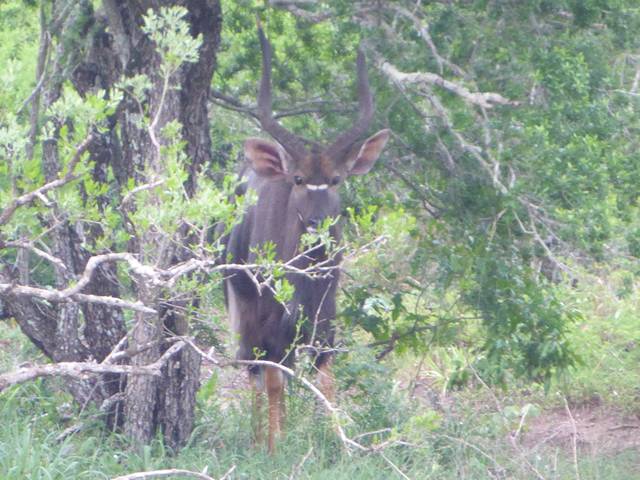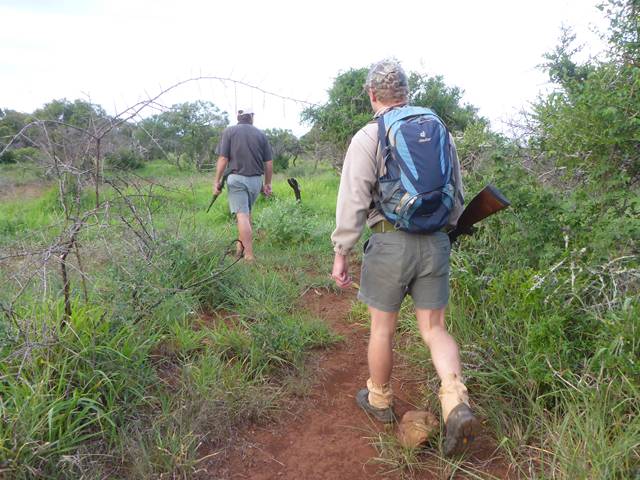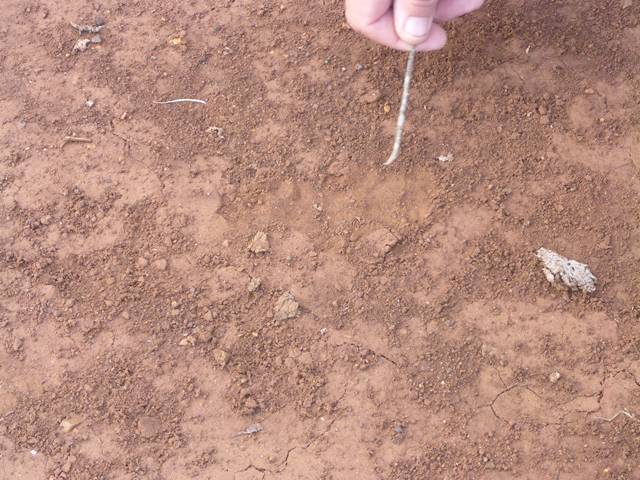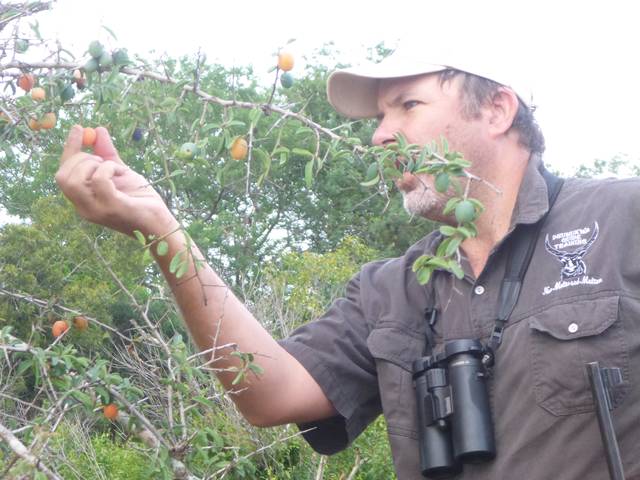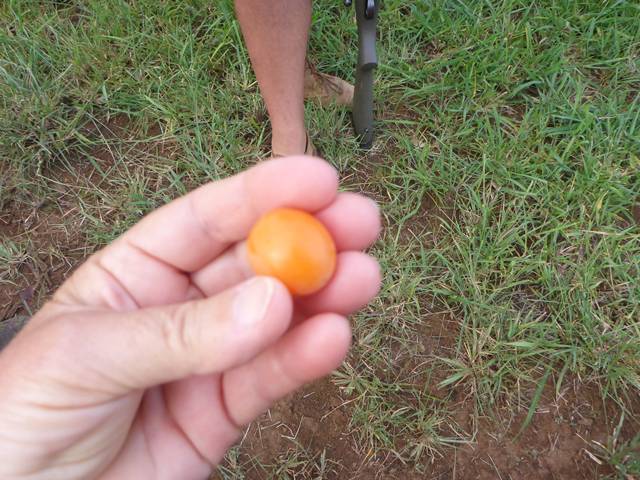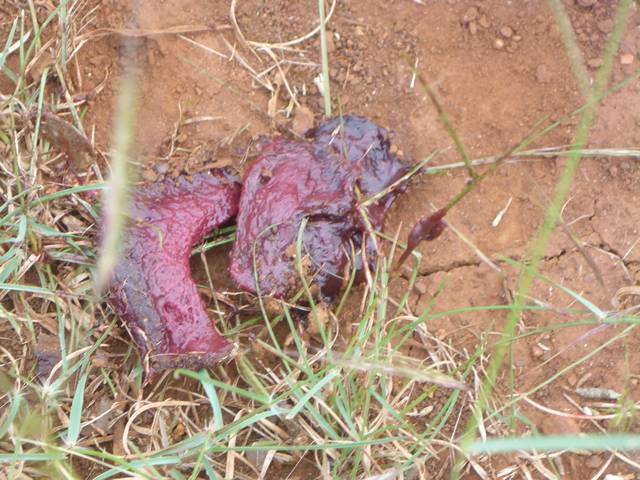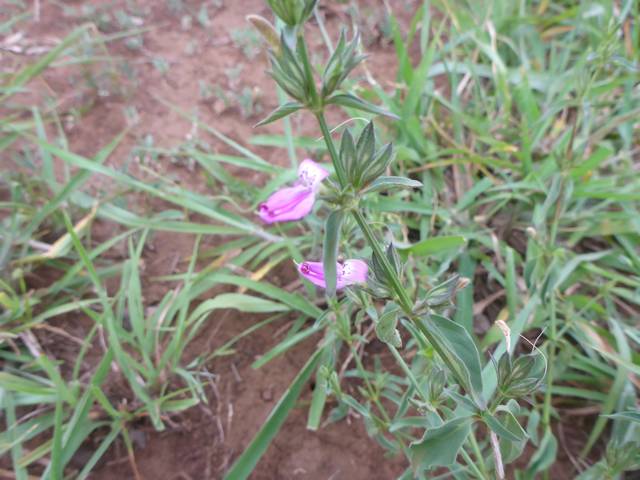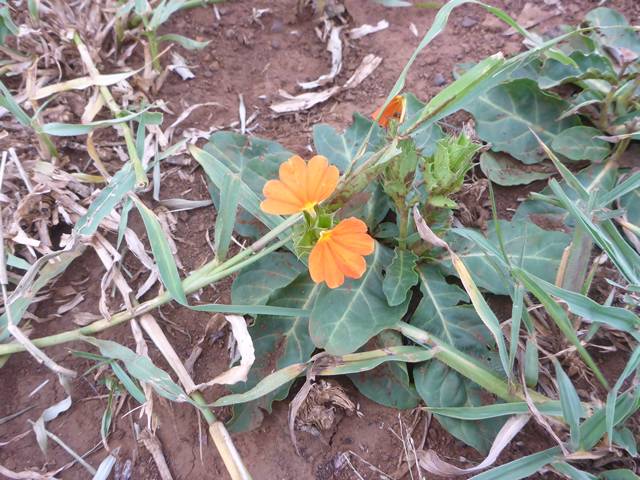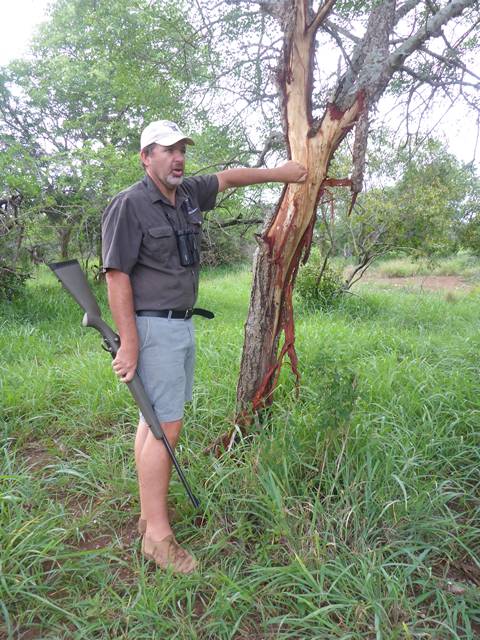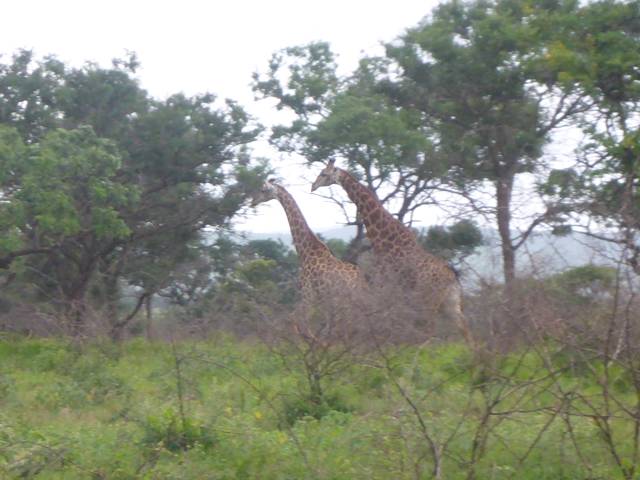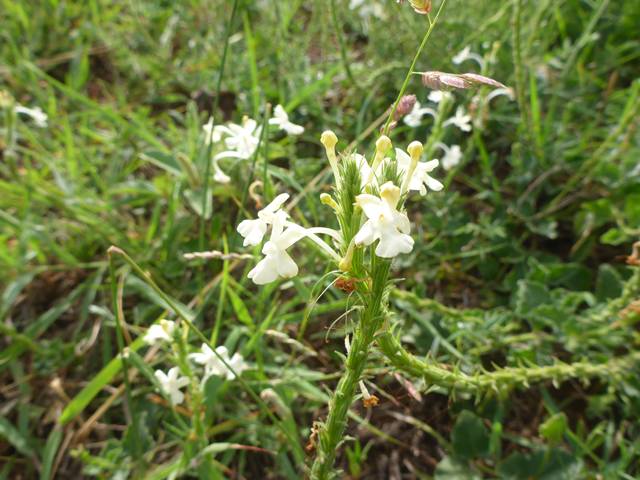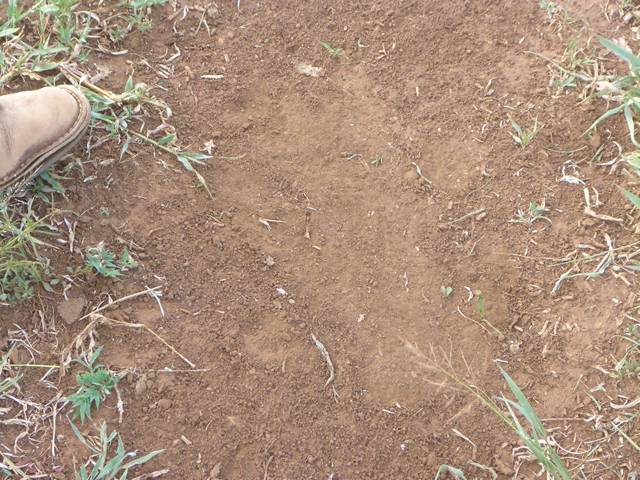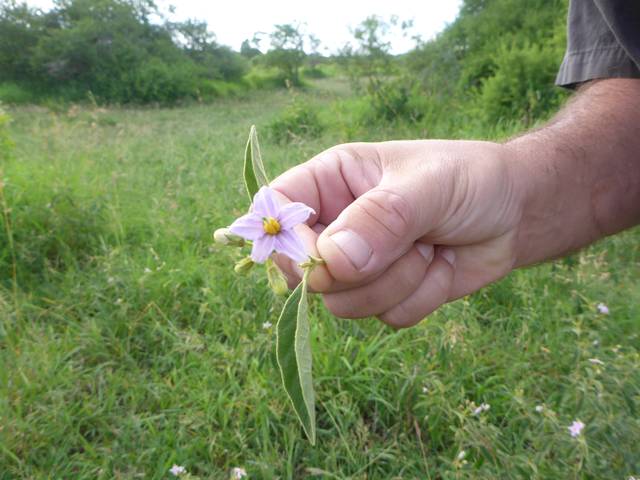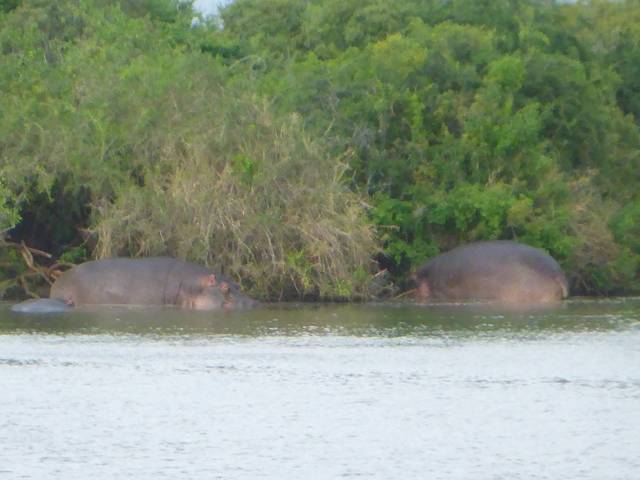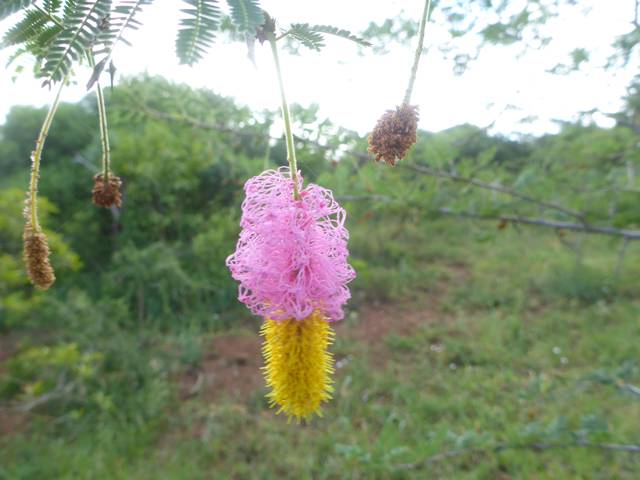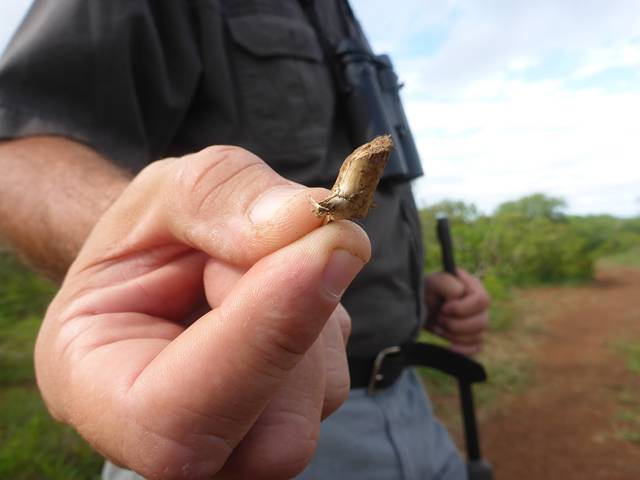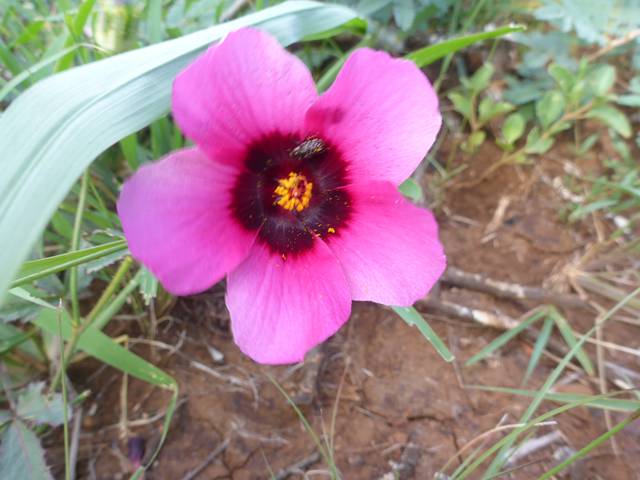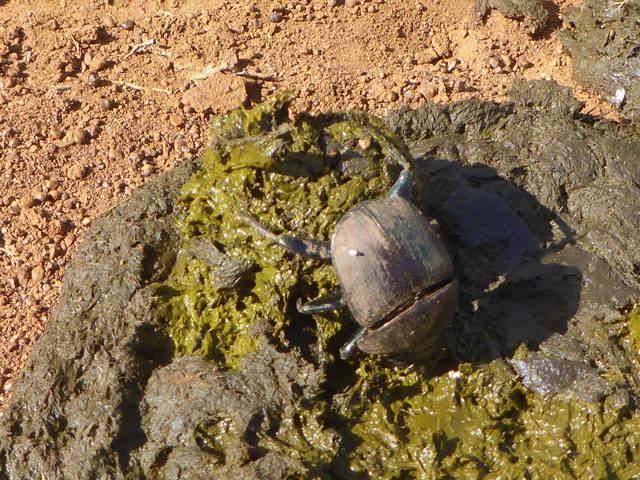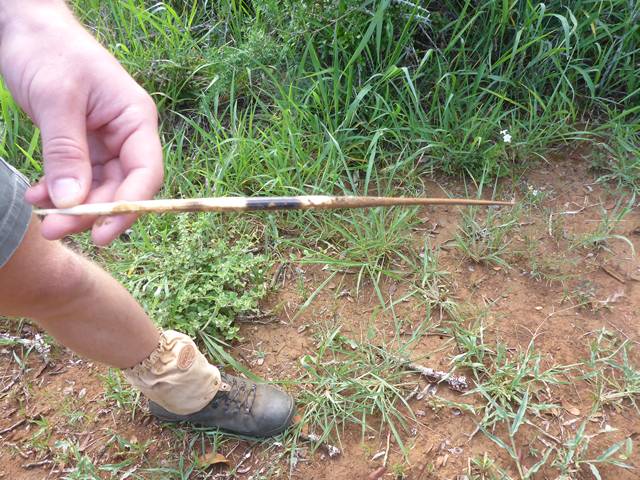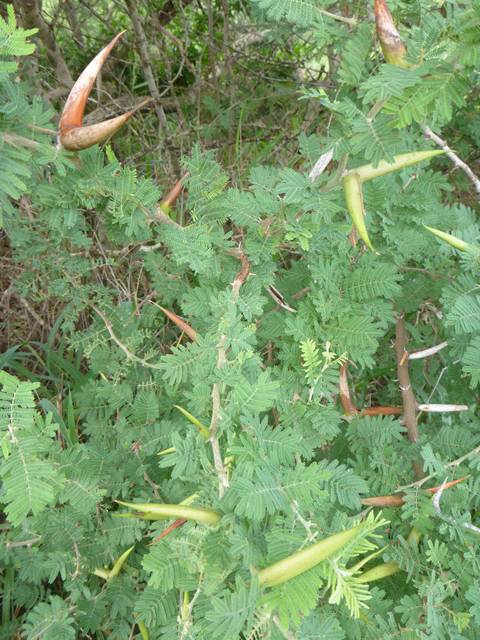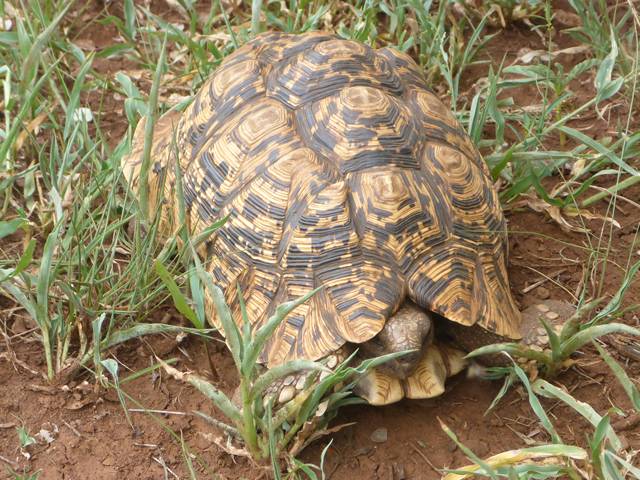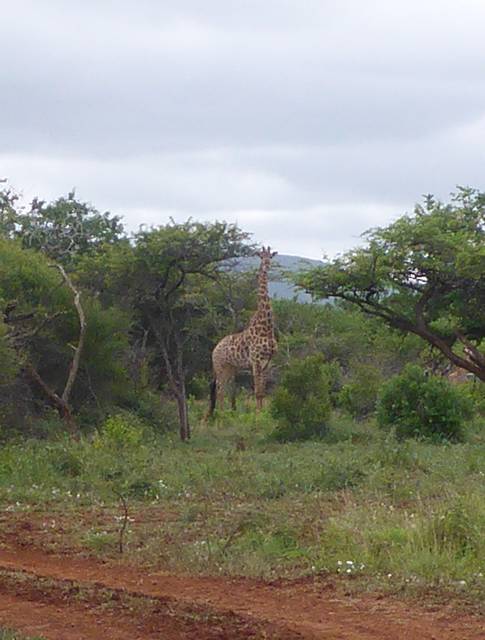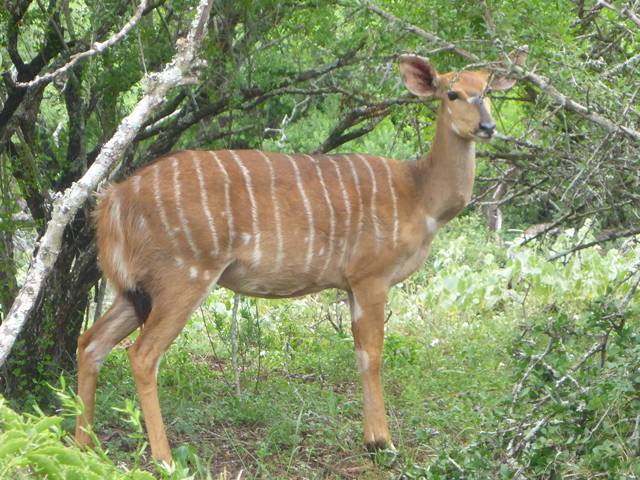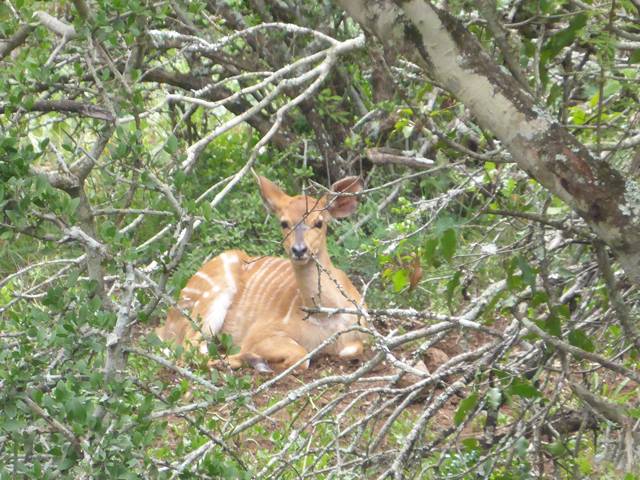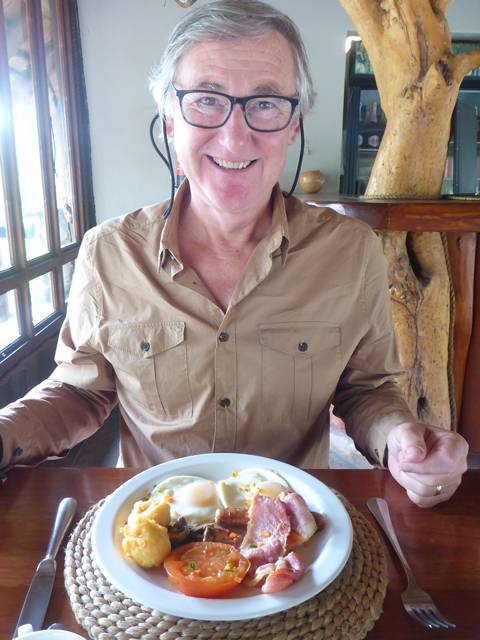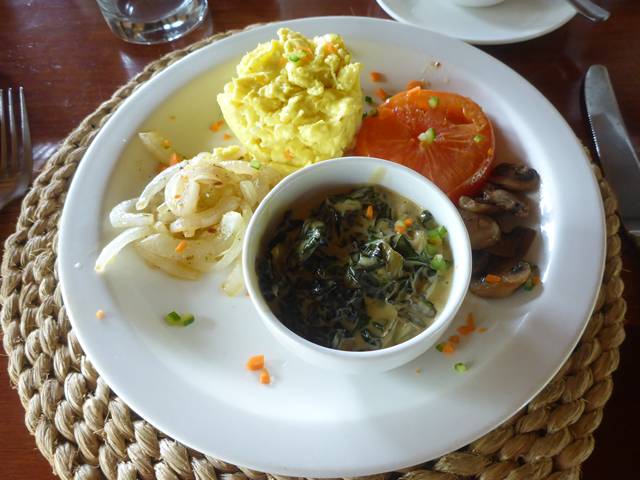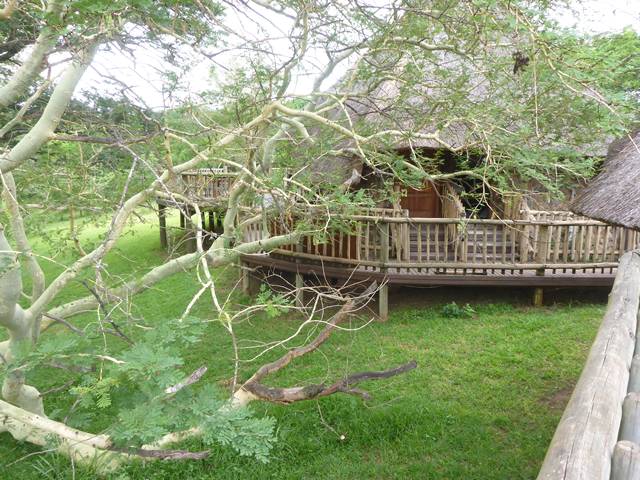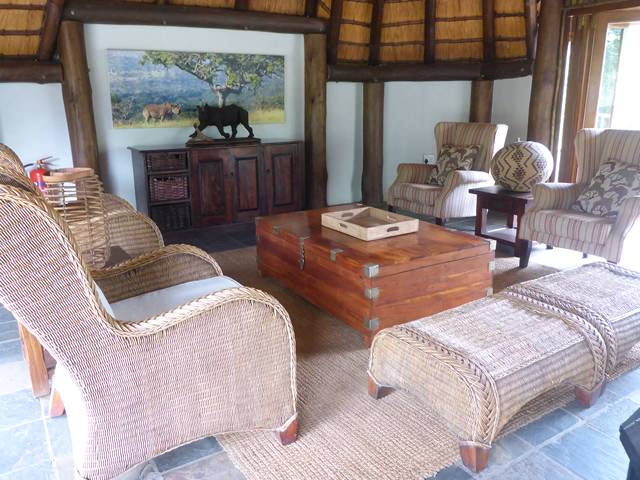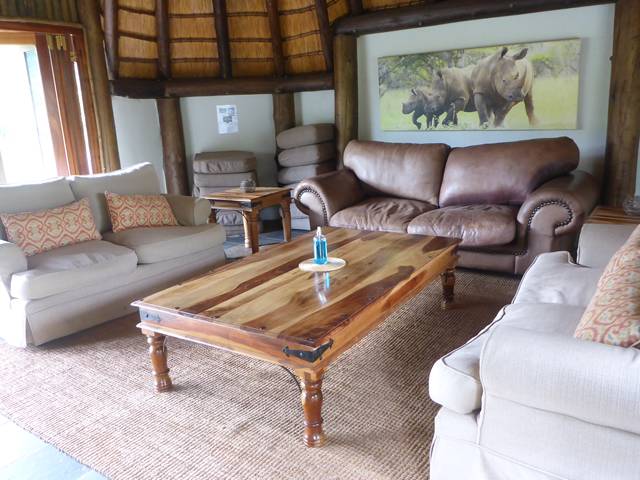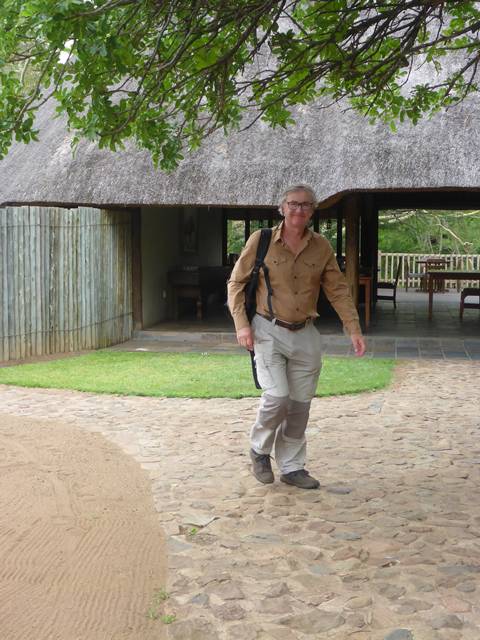An African Bush Walk

|
An African Bush-Walk With Darren and Rees Yesterday was our first day back on Zoonie after our safari and it rained all day after our long night’s sleep. So I got to complete my first safari blog and Zoonie and all her rigging, including her sheets and lines were washed thoroughly clean of salt in the soft warm rain. Today, Sunday 6th Dec I shall feel good once this blog is sent to you and then we will chat with family at home and this afternoon wander along to the YC bar to watch the England v France Autumn Nations Rugby Final. Life could not be better today. It was at about this time, 04.50am four days ago that Rob and I made our way to the lodge for our early morning mug of tea in readiness for our walk in the bush with Darren, a Ranger from another lodge on the reserve and young trainee Ranger Rees. It was becoming light when we closed the door of our room and a warthog family had just wandered through, had a drink from the shallow concrete water basin laid in the ground and moved on. Darren handed Rees his gun from the rear seat of his vehicle and then gave us our brief. On the vehicle tracks we could walk abreast but once we started following the narrow weaving animal ways he would lead with Rees second and us bringing up the rear, so that if he needed to defend us he would have a clear view (and shot) ahead and to the sides. Being on foot one is nearer the ground surface for studying footprints and photographing flowers, dung beetles at work and small insects. Also it was pleasant exercise in the cool of the morning and we could see the country from the view point of the antelope. But as we watched Impala, Giraffe, Buffalo and Nyala dash away from us showing much more fear than yesterday when we were in the vehicle, we knew we wouldn’t be getting close up and friendly with them and we wondered why. “Even before white men came here with their cattle and guns the wild animals feared men on foot with their spears, even more so when they occasionally stopped and stood still, obviously stalking their prey and making ready for that fatal shot.” We came to a prickly bush bearing small orange plums, the Sour Plum Tree. The skin of the plum was dry and sour to the taste, but the fleshy interior had the makings of a sweet snack for any passing animal who could reach them. There was plenty of evidence of animal life. The 400 different species of dung beetle do a fantastic job of recycling 70% of the elephant and rhino poo in Africa, dragging it below ground to return nutrients and solid material to the ground to keep it aerated and nourished. We watched them in fascination as they rolled up the sticky olive green goo into balls and then roll them fast to their destination. Some of the balls are nuptial offerings to be enjoyed by newly united couples and then there are the nursery balls and Darren is showing the hole through which the young dung beetles crawled out of the nest in which they were born, with plenty of food, moisture and warmth around them, an ideal nest material when you think like a dung beetle. Only rarely did I do a 360 degree look around and see no obvious animals in the distance, they knew we were there but they also knew how far away from us was safe. Darren showed us the tracks of the rhino and jackal from the night before and then where an elephant had torn the bark from a young tree. Some young trees protect their bark with hard protrusions which they shed as their bark ages and hardens, but not this one. The bark is stripped back to reveal the Cambium layer of sweet moisture, an essential source of food in the dry season. The elephant knows to not strip the bark more than three quarters the way around the tree so that it will continue to live. Great country managers; dung beetles and elephants despite their extremes in size. Also rhinos play their part; the stick that Darren is holding has been cut from the bush at a 45 degree angle by the hippos shaped incisors, just as horticulturalists graft fruit trees in the same way, so the future health of the bush is assured. Another lovely thing about bush walking is the sounds of the animals and birds and sometimes the enveloping stillness, the silent sound of a land in perfect balance. That is what has been created here by man and animals in just 15 years. All land that has been tortured by misguided farming methods can recover in a short time when it is handed back to nature. I remember thinking on our first game drive how nice it would be to photograph the flowers, but there were such a variety I couldn’t ask Kyle to keep stopping the vehicle; so now was the perfect opportunity. I don’t remember all their names but Morning Glory rings a bell and a bush with flowers like the potato and Deadly Nightshade plant. “I told one group how the rubber sap from this plant can kill a human and disappear from their system before autopsy, a Belgian lass asked if she could take some with her as her neighbour was a chain smoker and his cigarette smoke constantly filled her apartment from his balcony, despite her complaints!” The pretty yellow and pink blossom from the Sickle Bush retains it pink colour until it is fertilised and then it turns white and the vicious thorns on the green bush grow to that size only when a insect lays its eggs in the smaller thorns and they grow to create a highly protective nest for the developing larvae inside. Darren said he could wander in the bush all day and I think I could because there is just so much to learn about the clever and intricate ways in which the animals and plants interact to ensure their survival and in turn the survival of the land, the home of man and the animal kingdom for over 100,000 years. In the far distance was the watering hole we had visited for sundowners the afternoon before, then suddenly three buffalo making their way in that direction spotted us and thundered off in fear so all we really saw was their rumps disappearing around a bend in the track. The hippo were ever present lying on the bottom, their ears and backs all that we could see as they rested, fishing platforms for the herons. Hawk-eyed Rees spotted a porcupine quill among the twigs on the ground and Darren explained that the animal uses them by reversing quickly backwards towards its predator and spiking it with its armoury of scimitar. It is now tucked in beside Gail’s abalone shell, Charly’s wooden ‘SEAS THE DAY’ spoon and Rose Curser’s Rosewood Tiki from Nuku Hiva all tied around Zoonie’s mast in the saloon. I glanced at my watch as we strolled on in single file, 08.40am and counting. We leaned over an interesting bush and I remember hearing a distant rumble and thinking, stampeding rhinos coming our way? No it was just Darren’s tummy calling him home for breakfast; we had travelled light and had only water to drink on this excursion so we were all ready for some food after nearly four hours of walking in the lovely early morning. Our penultimate surprise was the Leopard Tortoise, one of a number we saw while we were there. This species can swim because they have a ‘v’ shape in the shell behind their head so they can raise their head above water level and also the three points of their shell on their back trap air and act as flotation chambers. This was a male with a concave shell underneath so it can mount the curve of the female’s shell while mating. The female Nyala didn’t move far because she was with a group and her young lamb was nearby, but we moved right back to our dining room, our tummies telling us and our minds confirming that we were very hungry! After breakfast we sat in the comfy lounge sorting through photos so Rob could get some on to Facebook, we had taken our own modem with us from Zoonie. I busied myself copying mine on to a hard drive and memory stick and cleared them off the camera ready for the fruits of the afternoon game drive!
|
